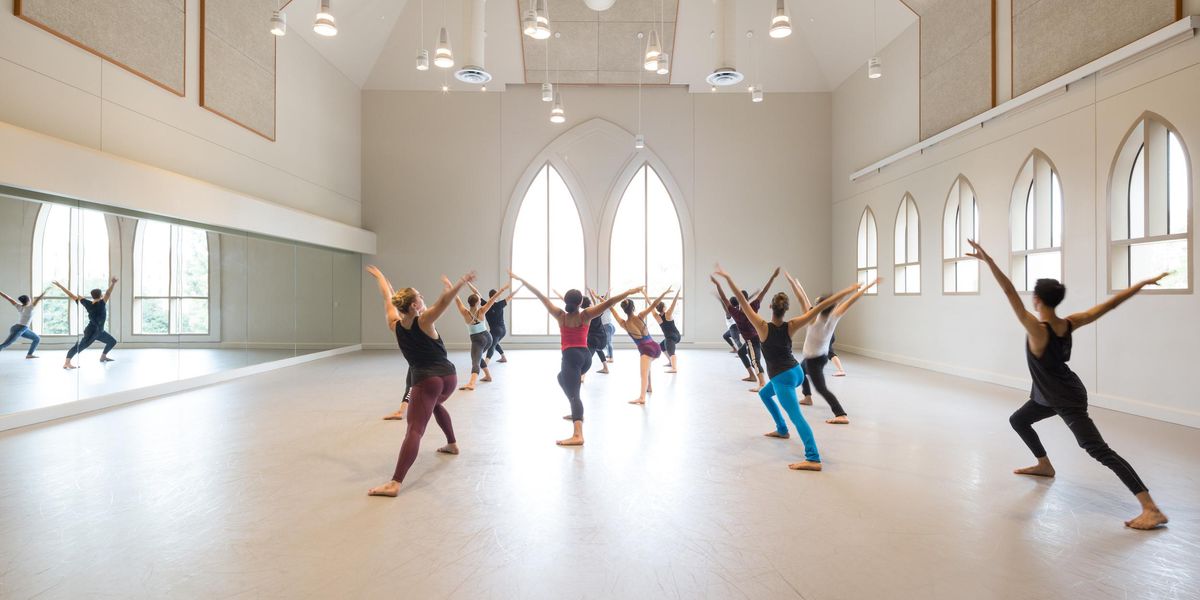Nikita Dolgushin (1938–2012)
Dolgushin with Natalia Makarova in
Swan Lake in 1968. Photo by Nina Alovert.
Dolgushin was one of the most renowned Russian dancers of the 20th century. His unique gift put him on par with Mikhail Baryshnikov, Vladimir Vasiliev, and Rudolf Nureyev. Artist/intellectual, artist/philosopher, and a true lyrical/romantic dancer, Dolgushin was a proponent of the strict academic school of ballet. He performed the classics with a modern approach. He was a proud person with an innate sense of self worth. He died June 10 in St. Petersburg.
Dolgushin’s artistic beginnings were very promising. Kasyan Goleisovsky staged a ballet for him while he was still in school. He graduated from the Vaganova Ballet Academy (then called the Leningrad Choreographic School) in 1959. He was accepted into the Kirov (Mariinsky) Ballet and was immediately given Albrecht in Giselle. He received positive reviews and was loved by the audiences. From the beginning, his partner, Natalia Makarova, matched his artistic temperament. (Click here to see Makarova’s own tribute.) But artistic director Konstantin Sergeyev could not forgive him his early success. Although Sergeyev had stopped dancing, he wanted to be known as the best Albrecht. So he started giving Dolgushin more pantomime than dancing roles and did not take him on the international tour in 1961.
Dolgushin then did something unexpected. He left the Kirov and went to dance with Novosibirsk Ballet, joining Yuri Grigorovich in the city where Oleg Vinogradov’s career also began. At the time, no one could imagine that a dancer would voluntarily leave the Kirov, but Dolgushin wanted to choose his own path to performing roles. In Novosibirsk he matured as a dancer and began to choreograph. He also danced one season with the Australian ballet in 1963. From 1966 to ’68 he performed with the Moiseyev’s State Concert Ensemble.
In 1968 Makarova got special permission to dance Giselle with him at the Kirov. Some who were in the audience still remember their elongated lines as well as long musical lines. But Sergeyev did not take Dolgushin back into the company. Dolgushin then took part in other projects, for instance Georgy Aleksidze’s evening of choreographic miniatures.
He joined St. Petersburg’s second company, the Maly Theatre Ballet (now the Mikhailovsky), as a principal from 1968 to ’83. He danced all the leading roles, both classic and contemporary. (Click here to see Elena Kunikova’s remembrance of him during this period.) He began to stage ballets at the Maly, and artistic directors created special repertoire for him. But the Maly has never toured the West, so Dolgushin was not seen by an international audience in his prime.
He articipated in a series of exchanges between the Leningrad Conservatory and Towson University in Maryland that began in 1989. He choreographed Cinderella for the TU Dance Company, with the Prokofiev score performed by the Baltimore Symphony Orchestra. “It was absolutely exquisite,” recalled professor emeritus Helene Breazeale, who organized the exchanges. “He was quite a creative genius.”
When he retired, Dolgushin became the dean of choreography at the Leningrad Conservatory and head choreographer of the conservatory’s student ballet company. Since 2007 he worked as head coach at the Mikhailovsky. From 2009 to 2011 he was president of the jury at the Mikhailovsky’s Grand Prix Competition, which is for students, and he chaired the examination committee of the Vaganova Ballet Academy in 2011 and 2012.
I never heard Dolgushin complain about his fate. He was a proud person with an innate sense of self worth. At the Maly, he staged his own version of Giselle. He told me that he had studied that ballet his whole life and knew everything about it. I suggested an interview with him about Giselle, but we didn’t schedule it. We always think that there will be plenty of time…Now we will never get the chance. With his death, the theatrical world lost a profound classical ballet expert. For me, his death is a personal loss. May he rest in peace. —Nina Alovert




